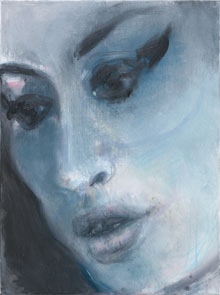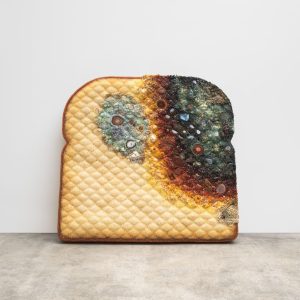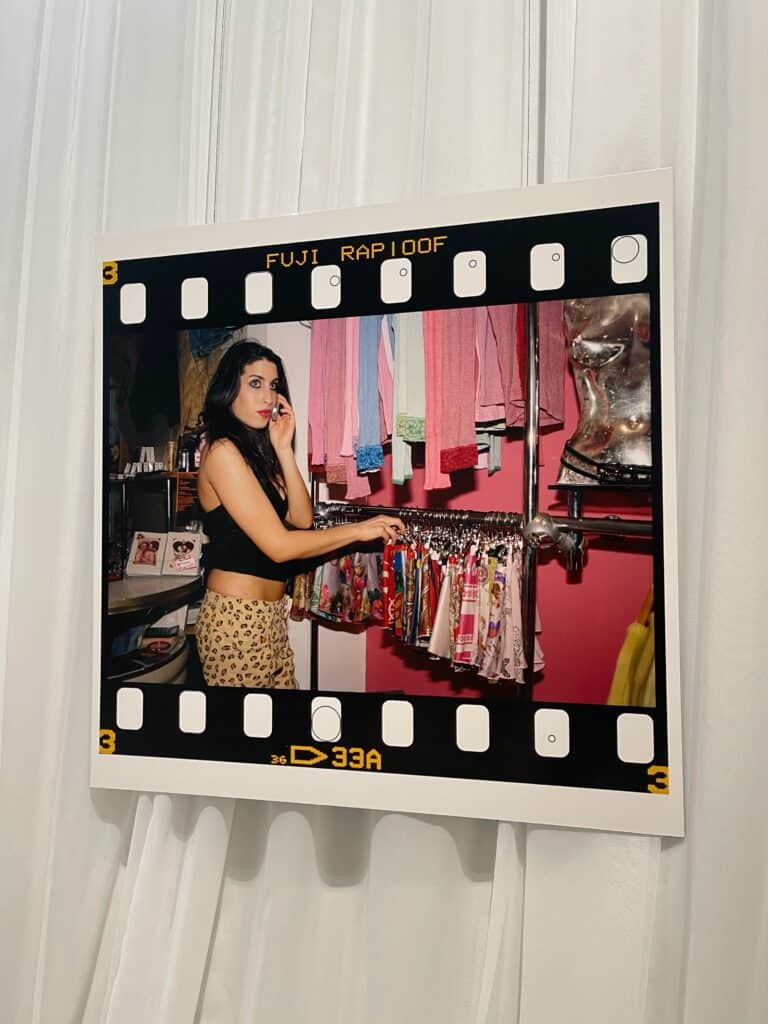
Videos, photographs, clothing, and her own guitars line the walls of an Amy Winehouse retrospective at the Design Museum, entitled “Amy: Beyond The Stage.” When we think of the singer, we hear a uniquely deep, raspy, and entrancing voice that perhaps we wouldn’t expect to suddenly emerge from the mouth of a 5’2” girl from north London. It could have been this candid unexpectedness and her ability to surprise that put Winehouse on the map and kept her there long after her sudden and tragic death at just 27 years old (23rd, July 2011).
The BBC documentary “Reclaiming Amy” begins with a recording of the artist’s simple statement “Hi I am Amy. I write songs and I sing.” The film then quickly shifts to a video of the artist performing “Back to Black.” Winehouse was her music.
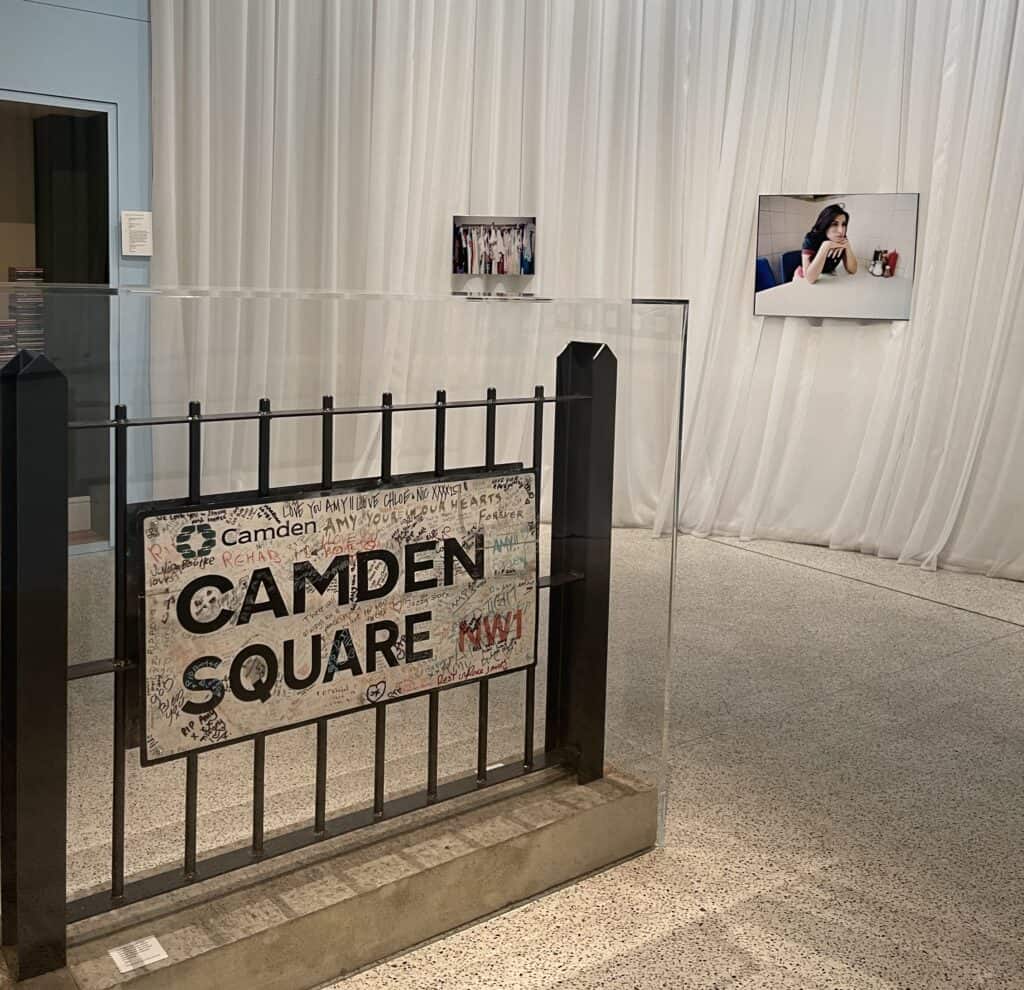
The artist’s hit songs (Back to Black, Rehab, Tears Dry on Their Own) welcome the audience into the exhibition but they don’t steal the show. The iconic melodies play unobtrusively in the background while viewers are drawn to an array of personal artefacts — a “Camden Town” street sign (the north London neighborhood that became synonymous with the artist), the clothing and shoes she wore, the guitars she played, and even a collection of the records she listened to.
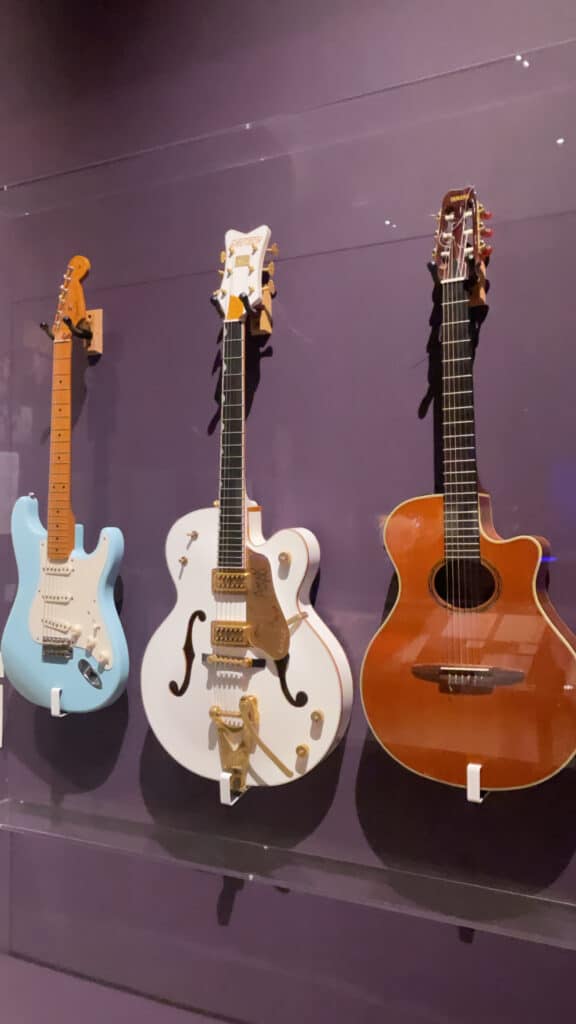
The music’s low to medium volume alone highlights a clear aim to draw our attention to more than just the sounds.
Each individual piece of the exhibition may not be enough to reach viewers emotionally, but with the combination of mediums (music, videos, photographs, drawings, personal items etc.) it’s hard not to be moved. A combination of mixed media and the range of representation of the artist’s short life culminates into an intensely private experience, and exhibition goers are invited to interact with Winehouse.
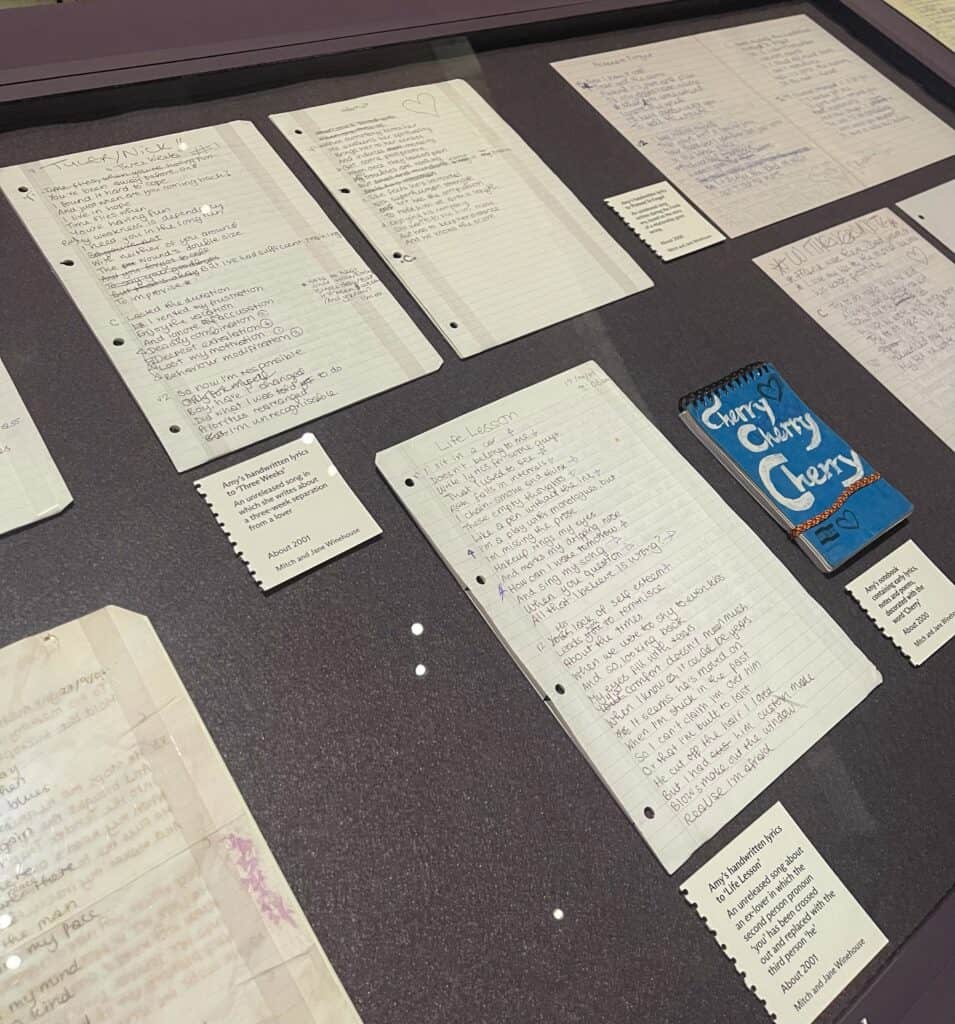
Intimate items like the artist’s old notebooks (where lyrics are scribbled out and doodles line the edges) reveal her own visceral connection to her music. In the next room, magazine articles with headlines like “Here Comes Trouble,” “Saving Amy,” and “Tortured Soul” are displayed in glass cases. Just as the world started to celebrate Amy, she became her own harshest critic. She never even listened to her own music and the artist’s relationship with herself was love/ hate (at best).
The press seemed to sense this and preyed on the young musician’s vulnerability. These original excerpts remind viewers that her life was far from fun and games. Winehouse had long been struggling with substance misuse, alcohol, and disordered eating. The media’s exploitation of her battles just added fuel to the fire, to say the least.

The show celebrates Winehouse and highlights her timeless talent, serving as a reminder (though I am not sure who could forget) that the creative world was forever changed by Amy Winehouse. But, at the same time, the exhibition pulls the curtain back to reveal a much darker and truer reality. I know I’m not alone in feeling that I would give almost anything to see this legend perform again. And while the certainty of Winehouse’s end casts a dark shadow, this incredible exhibition brings the audience as close as we can get to that one, final song.
In the last room there is a note from the exhibition curators (Priya Khanchandani and maria McLintock) outlining their acknowledgement of Winehouse’s very real struggles with mental health. This may seem like a token act, but it is the opposite. The personal statement is lovely, but the depth and dimension of the exhibition alone are enough to show that a great amount of time and care went into telling the artist’s beautiful and tragic story as wholly as possible.
The success of the exhibition lies in its’ palpable authenticity—Winehouse’s story is told genuinely, (free from false glamourization of the struggles she faced.) The show offers a profound experience in connecting to, remembering and celebrating the beautiful, complicated, and tortured person who was Amy Winehouse.
In the last room, there is a recording of the star performing one of her many hits, “Tears Dry On Their Own.” When the song ends, that is our cue to leave, and viewers exit as the singing stops. The exhibition fully commemorates the artist’s creative genius, but the finality of this installation is a chilling and urgent reminder that sometimes the show must not, (and frankly cannot,) go on.


